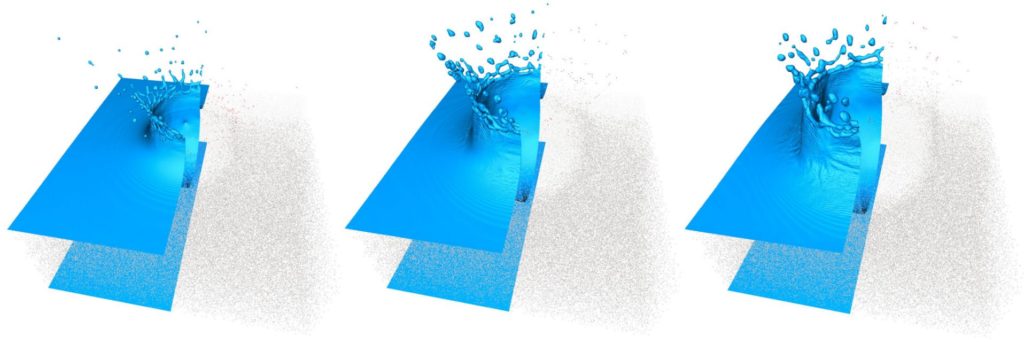Does Rainfall causes microplastic release into the atmosphere?
Microplastic particles are commonly found on the surface of oceans, lakes, and rivers. Many droplets with an almost identical proportion of microplastics are pushed up into the air when raindrops collide.
The particles enter the atmosphere when they evaporate in the air.
In a new paper published in “Microplastics and Nanoplastics,” researchers from the University of Bayreuth detail these mechanisms.
They arrive at the conclusion that up to 100 trillion microplastic particles could enter the atmosphere every year as a result of rainfall, based on an initial estimate that is still dubious in various ways.
The study shows that when a raindrop touches a water surface, droplets from a small ring-shaped area around the impact site are thrown into the air. They emerge from a few centimetres beneath the water’s surface. The concentration of microplastic particles in the droplets is nearly identical to that in this thin layer of water.
Their air paths and flight time were also computed by the Bayreuth scientists. This revealed an unexpected fact: raindrop water, which is free of microplastics, ends up in the oceans, and ocean water with plastics ends up in the air. The microplastic particles are released into the atmosphere when the droplets float in the air until they evaporate.
This is most common above the ocean’s surface, where the wind and temperature conditions favor a relatively extended flight duration and quick evaporation. Because of their short flight time, the majority of microplastic particles end up in the sea.

“It was a huge challenge to determine how many droplets are thrown up by a single impacting raindrop, how large and how fast these droplets are, and how many microplastic particles they might contain. Experiments alone would have provided too little information. That is why we have devised some completely new coding for simulations of these processes and developed a computer model that allows us to answer these questions with high accuracy and in an unprecedented level of detail,” said the coordinator of the study, Prof. Dr. Stephan Gekle, Professor for the Simulation & Modelling of Biofluids at the University of Bayreuth.
“How realistic our simulations are becomes apparent when we compare them with technically demanding experiments. High-speed recordings of impacting raindrops confirm the calculations based on our model,” says first author Moritz Lehmann, a doctoral student of physics at the University of Bayreuth.
The Bayreuth researchers collated a vast variety of empirically accessible data and included them in their calculations to determine how much microplastic particles wind up in the atmosphere as a result of these activities. These data include, among other things, microplastic concentrations at sea surfaces, annual precipitation amounts, raindrop size, which is dependent on rain intensity, and rain intensity temporal distribution. According to an initial estimate, rains on water surfaces around the world could discharge up to 100 trillion microplastic particles into the sky each year.
The authors emphasize that there are several errors and mistakes in this estimate. Turbulence in the wind, for example, which might affect the impact force of raindrops, has yet to be factored into the calculations. Furthermore, the Earth’s sea surfaces do not all have the same high concentration of microplastic particles; rather, there are significant variances. Satellite data combined with meteorological models, on the other hand, could soon provide more exact information on “hotspots” where enormous amounts of microplastic particles are transported from the ocean into the sky.
Image Credit: iStock
You were reading: New research: Rain discharges up to 100 trillion microplastic particles into the atmosphere each year